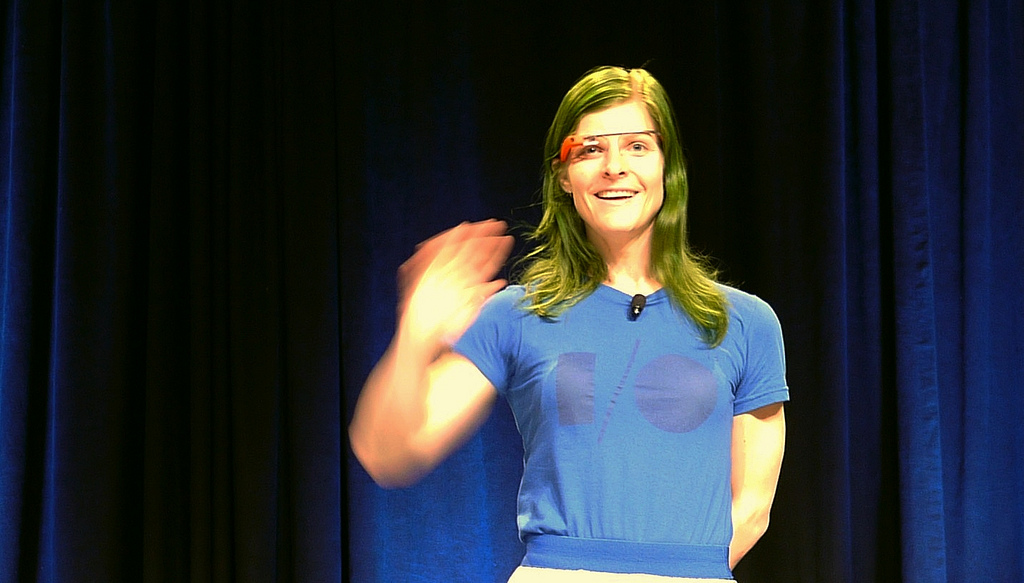
In one of the last I/O sessions for today, the Google Glass team answered some of the community’s most urgent questions about the product, including when the next units are shipping and what apps should come next.
Next recipients
Steve Lee, Glass product director, told the audience that of the I/O attendees from last year, everyone who signed up for Glass has received a unit.
Next, the 8,000 people selected from the #ifihadglass hashtag contest will start getting their devices; that rollout should begin fairly soon.
We still don’t have a date for when Glass will be widely available to normal consumers, so no need to play a Best Buy overnight camp-out just yet.
Next apps
Still, the panel is excited about the apps the developers at I/O will likely go home and build for the devices. Currently, there are fewer than a dozen functioning Glass apps.
“I’d love to have a fitness application on Glass,” said Lee. “That way, I could have relevant information to my workout without ever having to stop my workout.”
Charles Mendis, Glass software engineering director, talked about the hassle of buying groceries with a couple small kids in tow, saying, “I’d love a way to pay easily at the cash register.”
Isabelle Olsson, lead industrial designer for Google Glass, said, “I’m really into karaoke. … If there was a way to sing karaoke in a way that you actually faced the audience, which is usually your drunk friends, that would be awesome. Please make it!”
New features
One developer asked the team when app developers might have access to voice triggers so end users can use voice as a control mechanism for apps other than the Glass device itself.
Mendis responded that more voice commands might be possible in the future. We expect more information will be available when Google releases its Glass Development Kit, which will give devs access to native hardware capabilities.
As for the hardware itself, Olsson got a couple questions about Glass’s colors — currently a limited palette of black, gray, white, orange, and blue.
“We’ve developed five colors based on personalities and also what people look good in,” she said. “We started to see how important color was, how nonintuitive it was and how people develop an attachment to a specific color. … Colors are much more important than you would ever imagine. I want to keep on doing cool colors.”
Normal people
Throughout Google I/O, it’s been a surreal experience to walk through huge crowds of people, a third of whom look like Robocop Lite. It’s also been an interesting exercise in basic manners — knowing when not to take a picture or when to ignore a notification, for example.
“The social etiquette of using Glass has been on the top of our minds,” said Lee, “not just the people who wear them, but the people around them.
“The display is up above the person’s eye. We learned that very early on. Some of the early prototypes actually covered your eyes, and we discovered that a lot of human interaction has to do with eye contact.”
Lee, who is from Idaho, is hopeful about Glass’s chances in the wider market of consumers.
“They are very optimistic and intrigued about Glass,” he said. “There’s already interest, so there’s a real opportunity for Glass to become mainstream.”
VentureBeat's mission is to be a digital town square for technical decision-makers to gain knowledge about transformative enterprise technology and transact. Learn More
